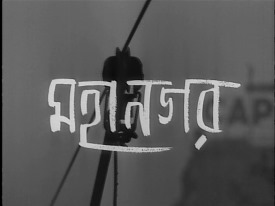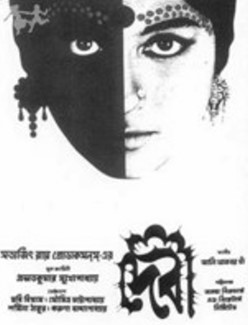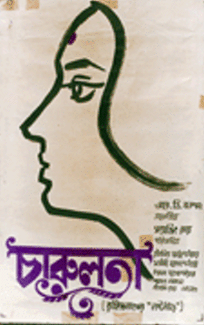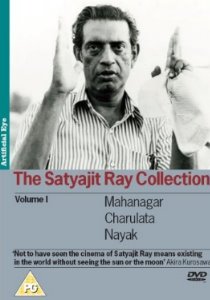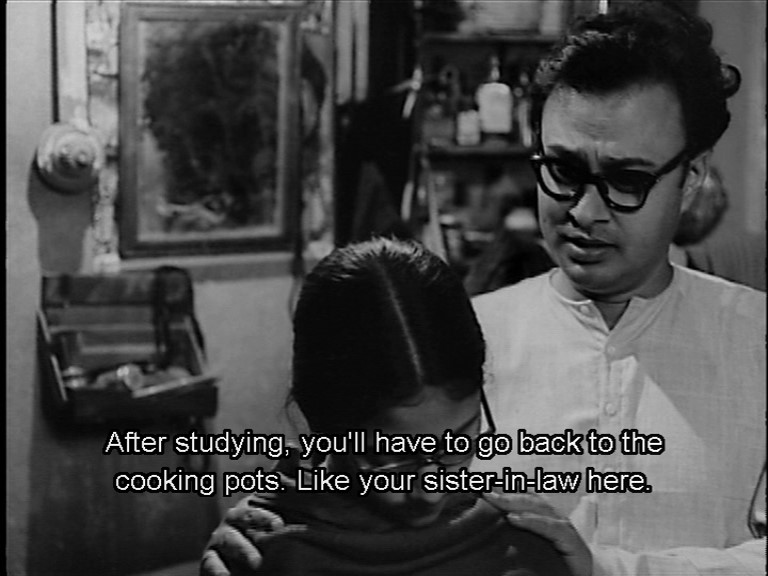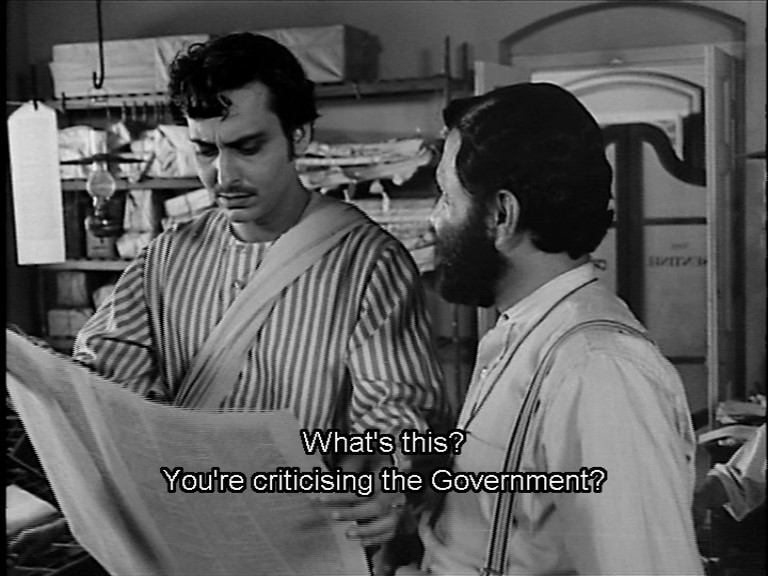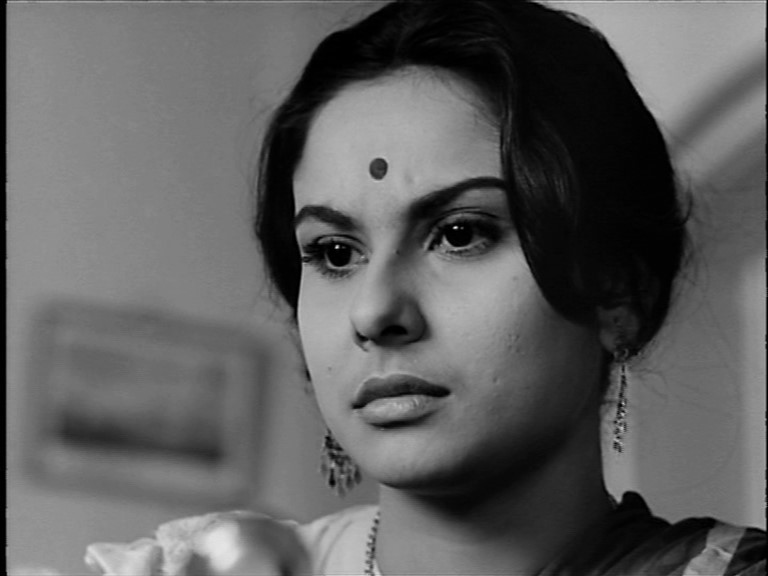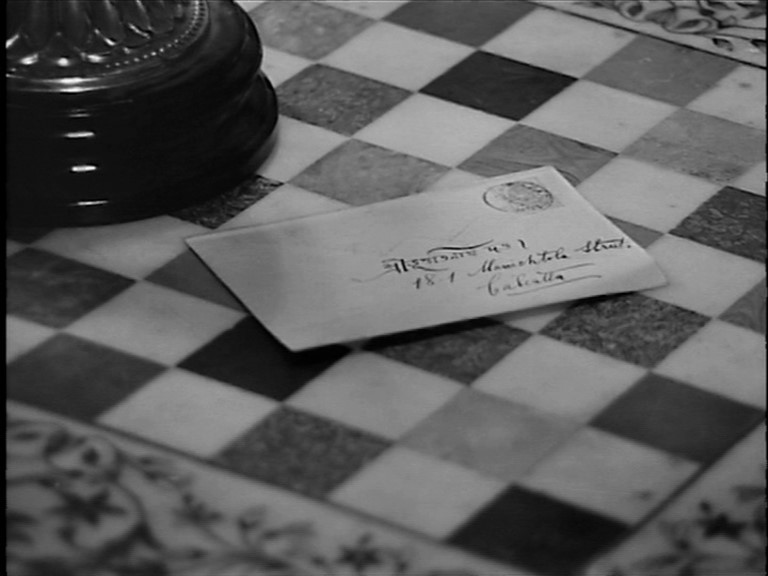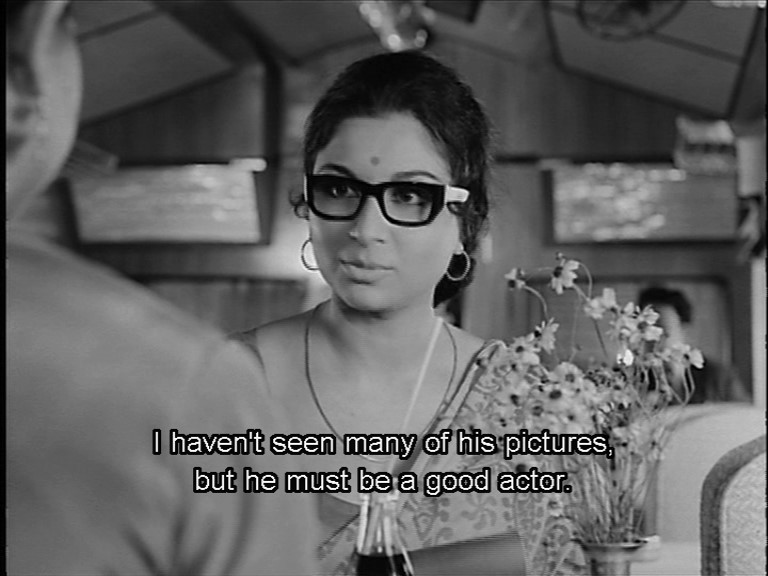![]()
![]()

![]()
![]()
|
Search DVDBeaver |
S E A R C H D V D B e a v e r |
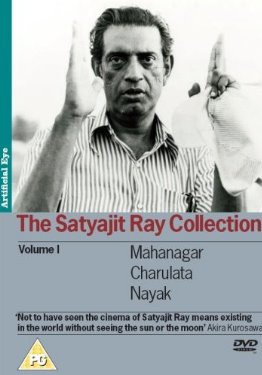 |
Satyajit Ray Collection Vol.1
Mahanagar - aka The Big City (1963)
Charulata - aka The Lonely Wife (1964)
Nayak - aka Nayak The Hero (1966)
Titles
|
|
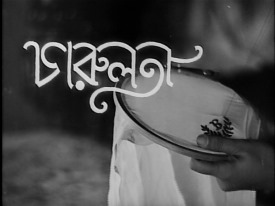 |
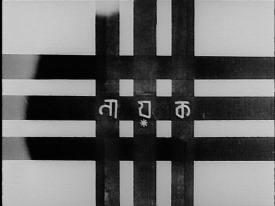 |
|
Satyajit Ray is internationally acknowledged as
one of the great masters of world cinema. From his extraordinarily accomplished
debut 'Pather Panchali', his films - many of them masterpieces - have won him
legions of admirers, among them Akira Kurosawa, Henri Cartier-Bresson, V.S.
Naipaul and Martin Scorsese. Mahanagar (The Big City): Set in the mid'
50s, Ray's often humorous story of conflicting social values in India's
lower-middle class stars Madhabi Mukherjee as a housewife whose growing
independence alarms her traditionalist family. Charulata (The Lonely
Wife) Neglected by her ambitious journalist husband, the lonely Charulata (Madhabi
Mukherjee) befriends his cousin (Soumitra Chatterjee), a sensitive aspiring
writer, and almost inevitably their feelings for each other begin to deepen.
Adapted from a story by Rabindranath Tagore, Ray considered this sensitively
realized drama one of his finest achievements. Nayak (The Hero) This
beautifully observed character study was one of Ray's earliest original
screenplays. En route to an award ceremony, a famous and egocentric Bengali
movie star finds that he is compelled to re-evaluate his life after encountering
a disapproving young journalist (Sharmila Tagore).
Mahanagar (1963)
- There's a lot of meat in "The Big City.'' Through his story and his
images, Ray always presents Arati in a positive light. No matter how bad things
become at home, the viewer understands her good intentions, intelligence,
quick-wittedness and resolve. She's also beautiful, as are her Bengali co-
workers. Excerpt from the San Francisco Chronicle located HERE
Charulata (1964) - Satyajit Ray's fascination with Rabindranath Tagore culminated in CHARULATA, his twelfth film and arguably his greatest achievement. Based on a short story by Tagore, it is a surprisingly modern tale of love, lust, fidelity, and a woman's growing self-awareness against the backdrop of the Bengal Renaissance, a vibrant intellectual awakening in 19th-century India.
Excerpt from TV Guide located HERE
Nayak (1966) - Satyajit Ray's 1966 feature comes at the tail end of his early realist period, which included most of the films (the Apu trilogy, Devi, Charulata) that won him his reputation in the West. A popular actor reveals his life to a woman journalist, whose initial cynicism turns to sympathy as she comes to understand the young man's celebrity entrapment. With Uttam Kumar and the flowering perennial of Ray's major work, Sharmila Tagore. Excerpt from Pat Graham's review at The Chicago Reader located HERE |
Posters for Charulata
|
|
|
Theatrical Releases: Various from 1963 - 1966
DVD Review: Artificial Eye (3-disc) - Region 2 - PAL
| DVD Box Cover |
|
CLICK to order from:
|
| Distribution | Artificial Eye - Region 2 - PAL | |
| Time: | 2:16:04, 1:59:48, 1:56:44 respectively | |
| Bitrate:
Disc 1 Mahanagar |
 |
|
| Bitrate:
Disc 2 Charulata |
 |
|
| Bitrate:
Disc 3 Nayak |
 |
|
| Audio | Bengali + English (original) | |
| Subtitles | English, None | |
| Features |
Release Information: Edition Details: • Satyajit Ray text screen bio on each disc
|
|
| Comments: |
NOTE: This package was initially delayed due to disc errors that were being corrected - namely Nayak (a layer-break freeze) and Charulata (a chapter freeze). The release date was pushed back to July 28th, 2008. The three discs are all DVD9 - (Dual-layered/single-sided) and each film is transferred onto one disc. Despite the dual-layering the image quality may be considered fairly poor and this is solely due to the source provided to Artificial Eye. Classic cinema in India suffers from some of the same issues as some in Japan. Storage facilities are usually of weaker quality and hence degeneration of film stock can happen quite rapidly. These Satyajit Ray films may very well look as good as they can at this time without benefit of an intensive restoration process - that we can only hope will happen one day. Artificial Eye gives the caveat on the package of the sub-standard quality. Bitrates are in the high 6's which reflects that, along with the dual-layering, AE most probably have done the best they can with what they had. The three main features/3 discs of this boxset are housed in a thick keep case and none of the films are sold separately by Artificial Eye at this time. All three features are coded for region 2 in the PAL standard and all features are in their original aspect ratio of 1.33:1.
Overall impression:
I can't tell what causes it - but each film shows a 'ghosting',
'combing' effect to varying degrees (ex. it is very prominent on
Mahanagar - aka The Big City (1963) but far less so in the
other two). I don't think it is from the incorrect standard and it may
be a form of interlacing although it doesn't seem consistent. If you
look closely you can see it in the subtitle captures and we placed a
prominent example at the very bottom of this review. From my
understanding this is not a flaw of AE but rather the D1 source they
were provided. Even Criterion have fallen victim to this in their
Late Ozu boxset (with Tokyo Twilight being interlaced).
Aside from that negative, the image quality is not bad - certainly
better than I have ever seen before on DVD (a perfect example would be
how much better this Charulata looks compared to the hideous
Bollywood Entertainment - Region 0 - PAL edition reviewed
HERE.) Two of these films start with English text credits but
after that the Bengali text returns to show the titles etc.
Image: Aside from the anomalies listed above the image
is not fatally poor. Contrast is strong with deep rich black
levels and detail has some reasonably strong moments notably visible in
close-ups captures we have provided. Probably the worst we can say is
that the image is a notch below 'mediocre' but vastly improved over the
VHS editions I had of these films. I didn't note extensive damage except
in the beginning of Charulata. There are also minor light scratches
and speckles here and there on all three transfers.
Audio - Each has original Bengali audio (with some
English in Mahanagar) and options for English
subtitles in an white font with black
border (see samples below). There are no extras aside from text bio
screen of Satyajit Ray on each of the three discs.
The film belong in the pantheon of great world cinema and it's
one of the injustices of the film world that they presented in such a
less-than-stellar condition. With many DVD-R bootlegs etc. floating around these
are the best I have seen representing these 3 works - by a wide margin. I'm
displeased that there are no supplements as Satyajit Ray's work is deserved of
extensive viable extra features and discussions with input from prominent
filmmakers and journalists - including commentaries. I cherish these film and
feel gratified that I can retire my old VHS tapes of two of these three.
The value (price for what you
get) is about $10 each film (depending on your currency conversion)
and from that standpoint the package is recommended with the warning about the
inherent quality! I'm both disappointed but also thrilled have these share a
prominent place in my DVD library - under the category of the director's
personage. Until something better comes along - these are very much worth owning
despite the negatives.
|
DVD Menus
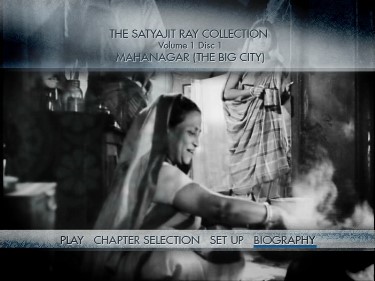 |
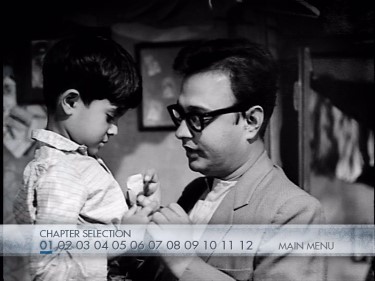 |
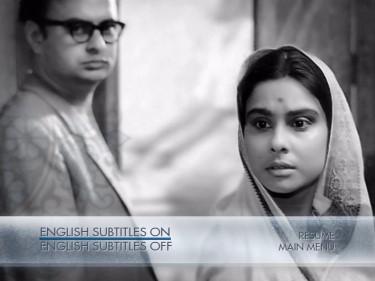 |
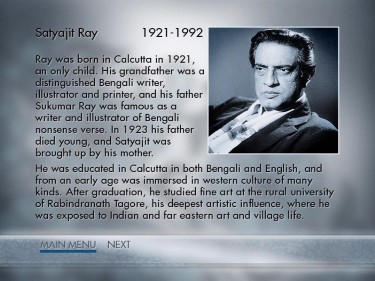 |
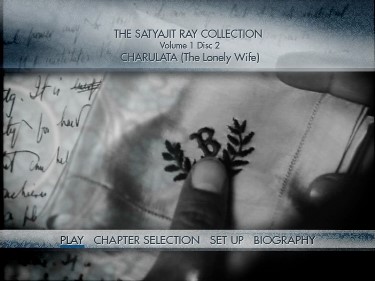 |
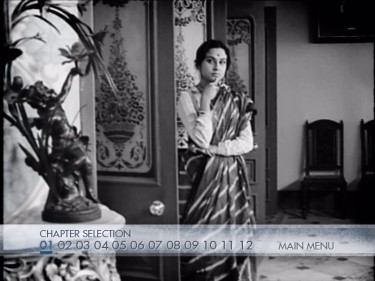 |
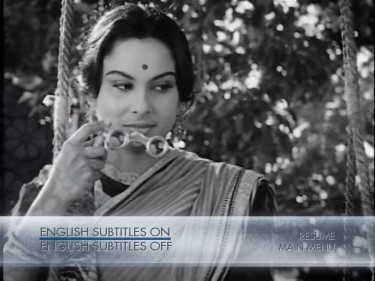 |
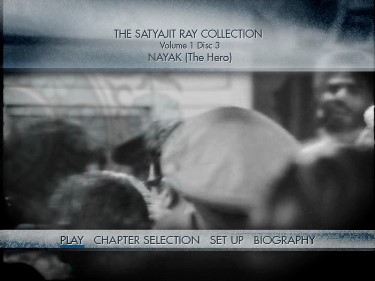 |
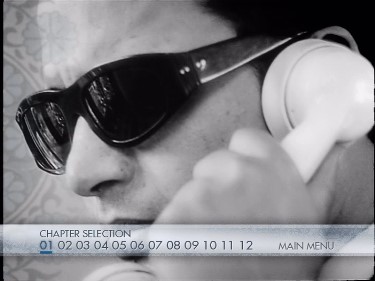 |
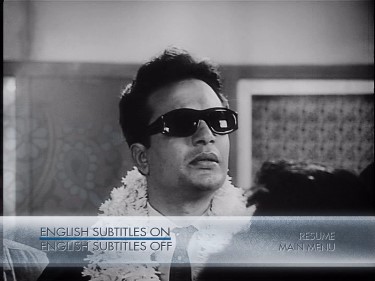 |
Mahanagar - aka The Big City (1963)
Screen Captures
|
|
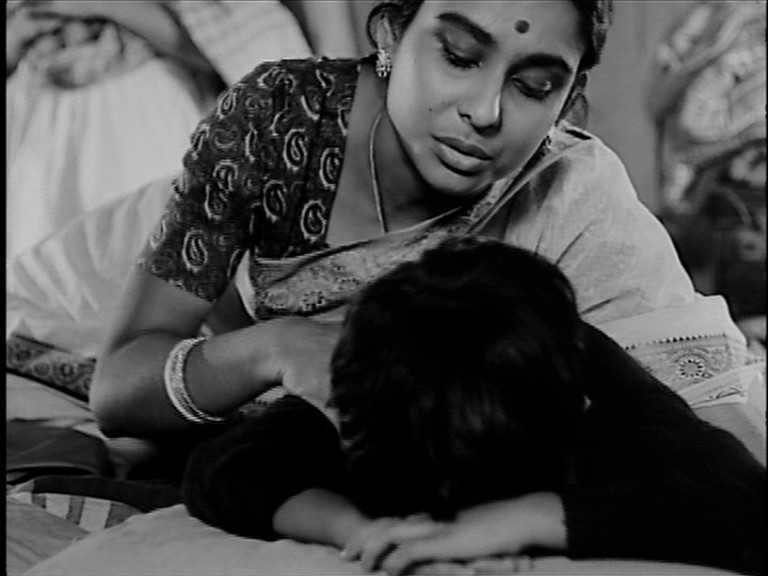 |
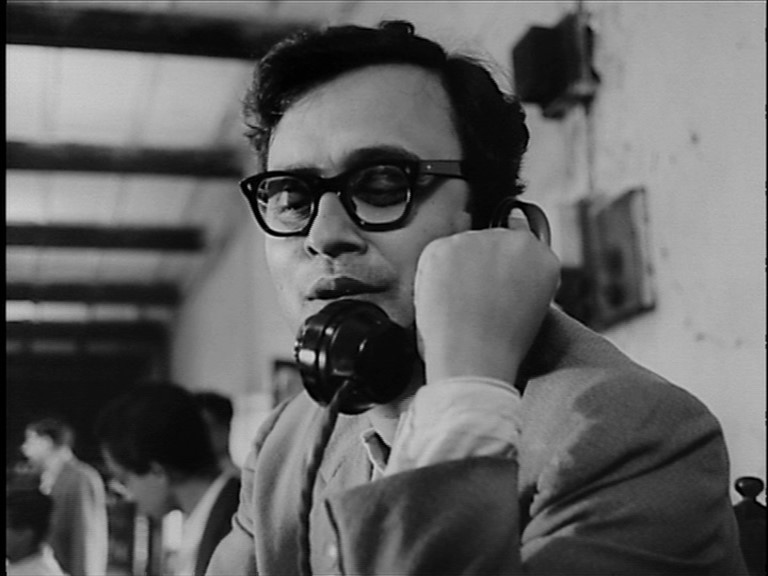 |
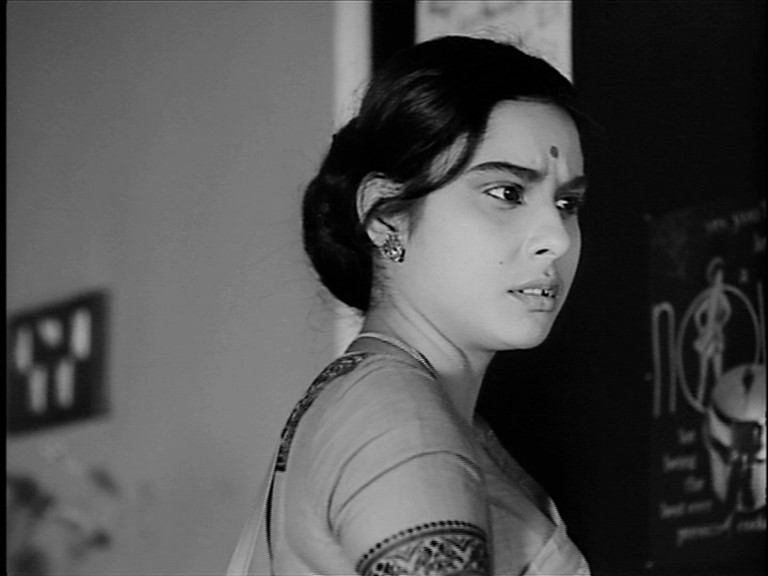 |
Charulata - aka The Lonely Wife (1964)
Screen Captures
|
|
|
|
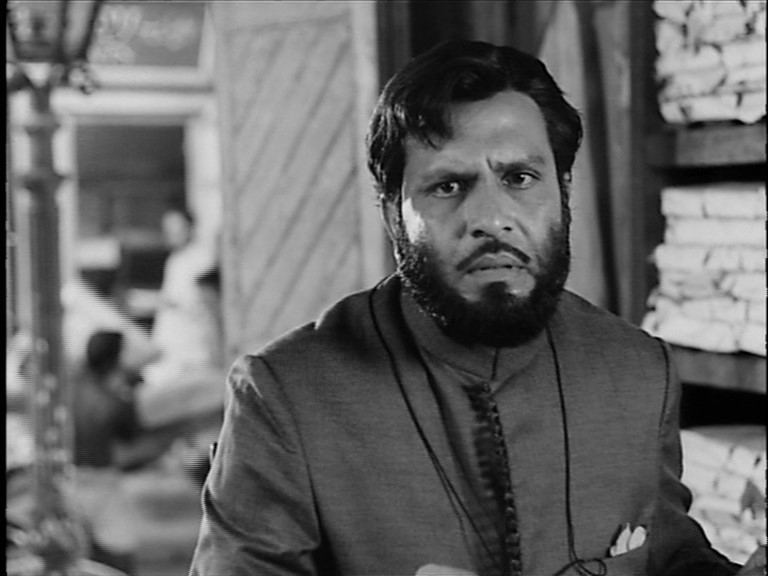 |
|
|
Nayak - aka Nayak The Hero (1966)
|
|
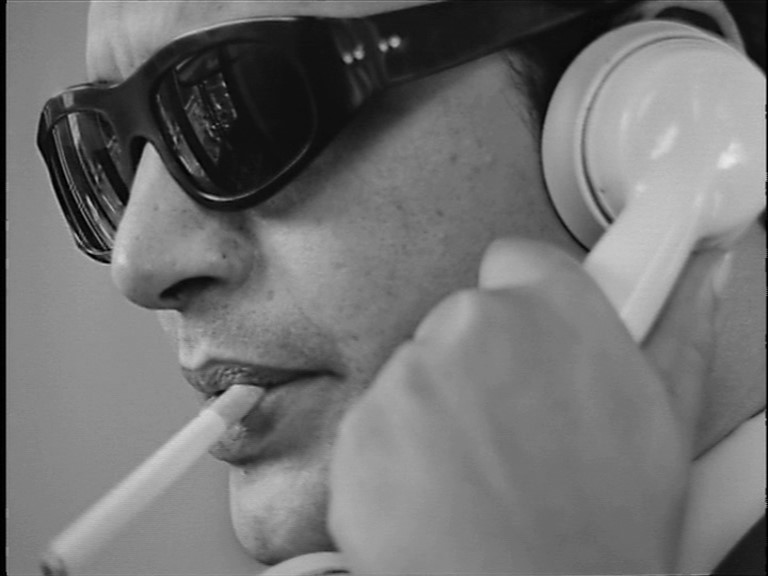 |
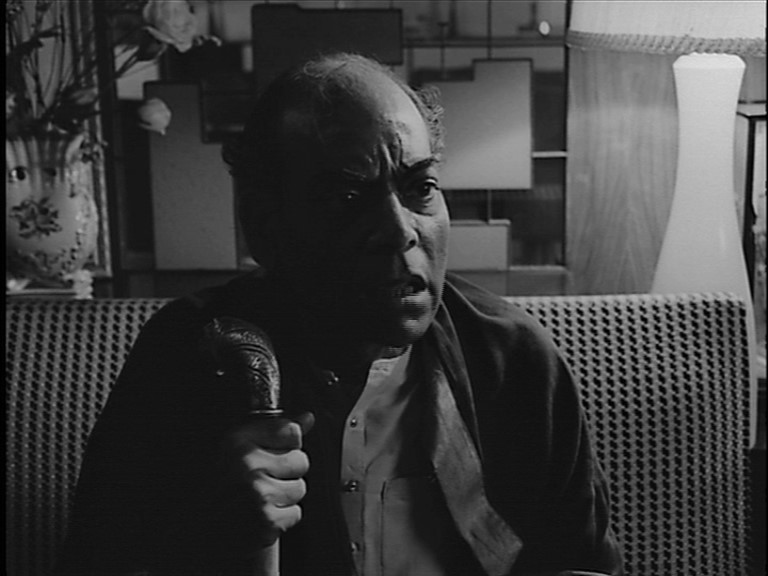 |
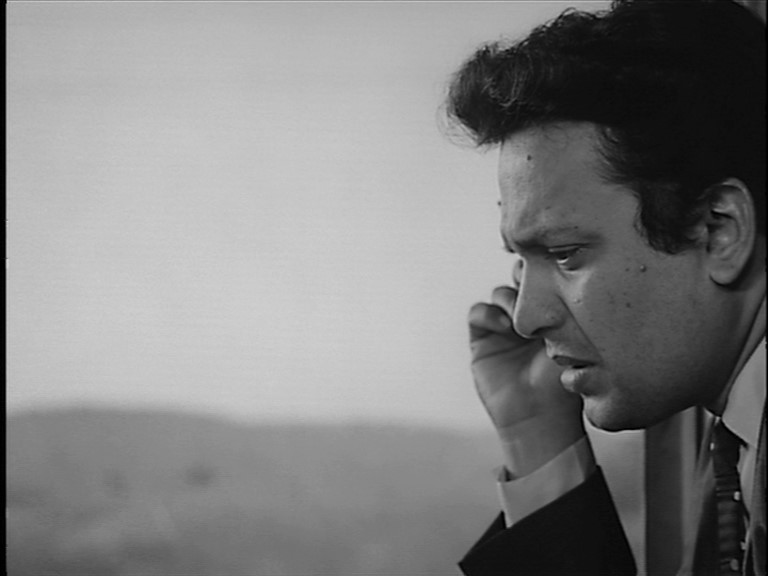 |
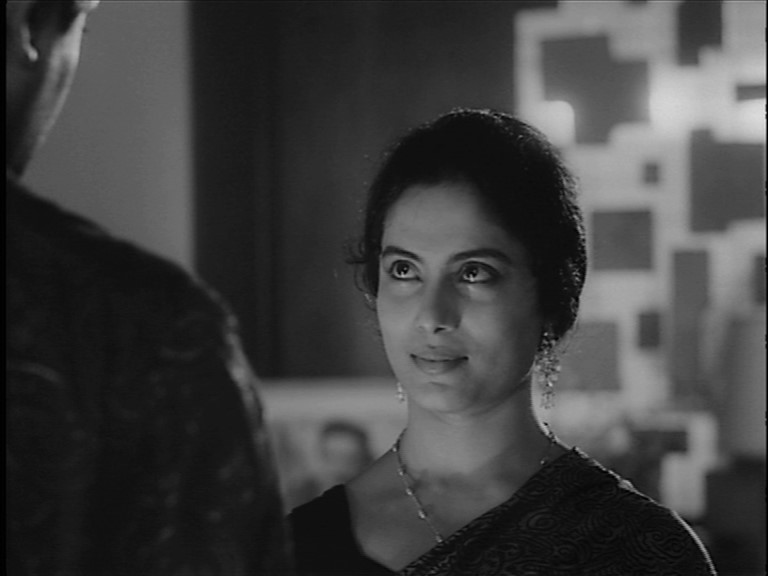 |
Combing evident in all three
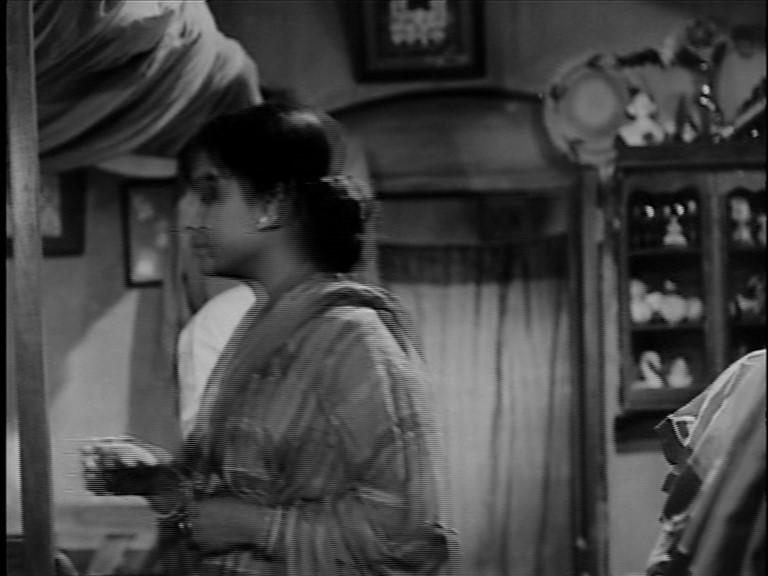 |

